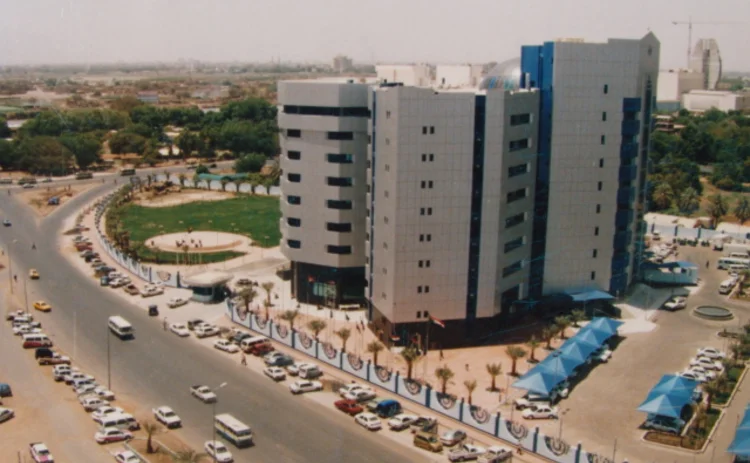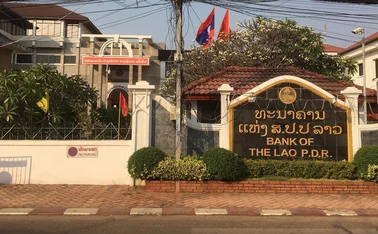
Sudanese central bank increases liquidity supply as signs of crisis grow
Governor eases liquidity restrictions as reporters note long queues at banks

Sudan’s central bank has liberalised the country’s foreign exchange regime and started printing larger-denomination banknotes amid signs of a growing economic crisis.
The Central Bank of Sudan’s recently appointed governor Mohammed Al-Zubair announced on October 13 that it would increase supply of local currency to banks to allow them to buy foreign currency. Al-Zubair told local bankers there would be a large increase in the supply of Sudanese pounds, the official Sudanese news agency Suna
Only users who have a paid subscription or are part of a corporate subscription are able to print or copy content.
To access these options, along with all other subscription benefits, please contact info@centralbanking.com or view our subscription options here: subscriptions.centralbanking.com/subscribe
You are currently unable to print this content. Please contact info@centralbanking.com to find out more.
You are currently unable to copy this content. Please contact info@centralbanking.com to find out more.
Copyright Infopro Digital Limited. All rights reserved.
As outlined in our terms and conditions, https://www.infopro-digital.com/terms-and-conditions/subscriptions/ (point 2.4), printing is limited to a single copy.
If you would like to purchase additional rights please email info@centralbanking.com test test test
Copyright Infopro Digital Limited. All rights reserved.
You may share this content using our article tools. As outlined in our terms and conditions, https://www.infopro-digital.com/terms-and-conditions/subscriptions/ (clause 2.4), an Authorised User may only make one copy of the materials for their own personal use. You must also comply with the restrictions in clause 2.5.
If you would like to purchase additional rights please email info@centralbanking.com test test test







